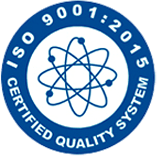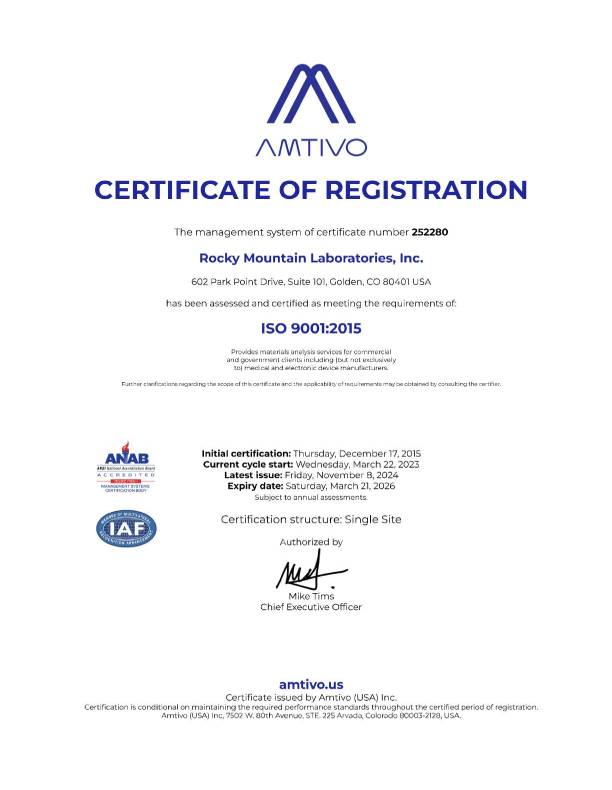The duration of an FTIR (Fourier-Transform Infrared) analysis can vary depending on several factors, including the complexity of the analysis, the type of sample, the number of samples being tested, the equipment used, and the laboratory’s workload. Here are some factors that can influence the time it takes for an FTIR analysis:
Continue reading “How long does FTIR analysis take?”Blog
How long does FTIR analysis take?
Difference between FTIR and CD spectroscopy?
FTIR (Fourier-Transform Infrared) spectroscopy and CD (Circular Dichroism) spectroscopy are two different techniques used to study the properties of molecules, particularly in the context of analyzing the structure and conformation of biomolecules like proteins and nucleic acids. Here are the key differences between FTIR and CD spectroscopy:
Continue reading “Difference between FTIR and CD spectroscopy?”How much does an FTIR test cost?
The cost of an FTIR (Fourier-Transform Infrared) test can vary widely depending on several factors, including the complexity of the analysis, the type of sample, the number of samples being tested, the equipment used, and the specific laboratory or service provider you choose. Here are some factors that can influence the cost of an FTIR test:
Continue reading “How much does an FTIR test cost?”Difference between FTIR and ATR spectroscopy?
FTIR (Fourier-Transform Infrared) spectroscopy and ATR (Attenuated Total Reflectance) spectroscopy are both techniques used to analyze the infrared (IR) spectra of materials, but they differ in terms of their sample preparation and the information they provide. Here are the key differences between FTIR and ATR spectroscopy:
Continue reading “Difference between FTIR and ATR spectroscopy?”Difference between FTIR and IR?
FTIR (Fourier-Transform Infrared Spectroscopy) and IR (Infrared Spectroscopy) are related techniques used in analytical chemistry to study the interaction of molecules with infrared light. The main difference between the two lies in the method of data acquisition and analysis:
Continue reading “Difference between FTIR and IR?”Quality Control and Process Monitoring in Manufacturing with FTIR
FTIR (Fourier Transform Infrared Spectroscopy) is a powerful analytical technique used in quality control and process monitoring across various manufacturing industries. Its ability to provide rapid, non-destructive, and real-time analysis makes it a valuable tool for ensuring product consistency and process efficiency. Here are some ways FTIR is employed in quality control and process monitoring in manufacturing:
Continue reading “Quality Control and Process Monitoring in Manufacturing with FTIR”EDS Analysis in the Semiconductor Industry: Characterizing Materials and Devices
EDS (Energy-Dispersive X-ray Spectroscopy) analysis plays a crucial role in the semiconductor industry, providing valuable insights for characterizing materials and devices used in semiconductor manufacturing. It is a powerful analytical technique that complements other semiconductor analysis methods, such as scanning electron microscopy (SEM) and transmission electron microscopy (TEM). Here’s how EDS analysis is used in the semiconductor industry for material and device characterization:
Continue reading “EDS Analysis in the Semiconductor Industry: Characterizing Materials and Devices”Failure Analysis Using Energy-Dispersive Spectroscopy
Failure analysis using Energy-Dispersive X-ray Spectroscopy (EDS or EDX) is a crucial technique for investigating and understanding the root causes of material failures. EDS provides valuable information about the elemental composition of a failed sample, helping to identify defects, contaminants, and changes in material properties that may have contributed to the failure. Here’s how EDS is used in failure analysis:
Continue reading “Failure Analysis Using Energy-Dispersive Spectroscopy”Quantitative EDS Analysis: Methods and Accuracy Considerations
Quantitative Energy-Dispersive X-ray Spectroscopy (EDS) analysis aims to determine the relative elemental composition and concentrations of different elements present in a sample. While EDS is a powerful technique for qualitative elemental analysis, quantitative analysis requires careful consideration of various factors to ensure accuracy and reliability. Here are some methods and accuracy considerations for quantitative EDS analysis:
Continue reading “Quantitative EDS Analysis: Methods and Accuracy Considerations”Combining EDS with SEM for Comprehensive Material Analysis
Combining Energy-Dispersive X-ray Spectroscopy (EDS) with Scanning Electron Microscopy (SEM) offers a comprehensive and powerful approach for material analysis. SEM provides detailed surface imaging, while EDS offers valuable information about the elemental composition of the sample. Together, they provide a wealth of data and insights, making this combination widely used in materials science, engineering, and various research fields. Here are the key benefits and applications of combining EDS with SEM:
Continue reading “Combining EDS with SEM for Comprehensive Material Analysis”


